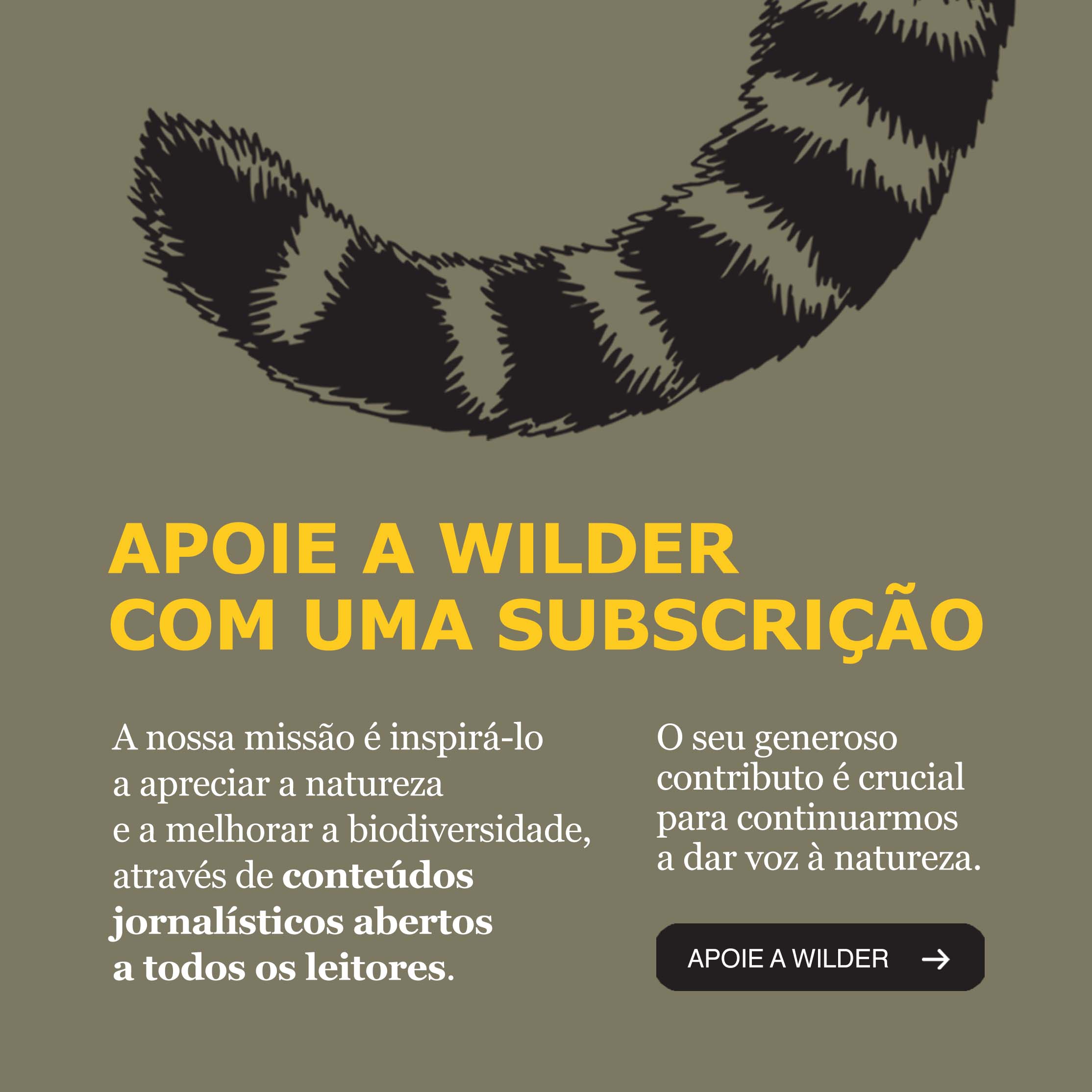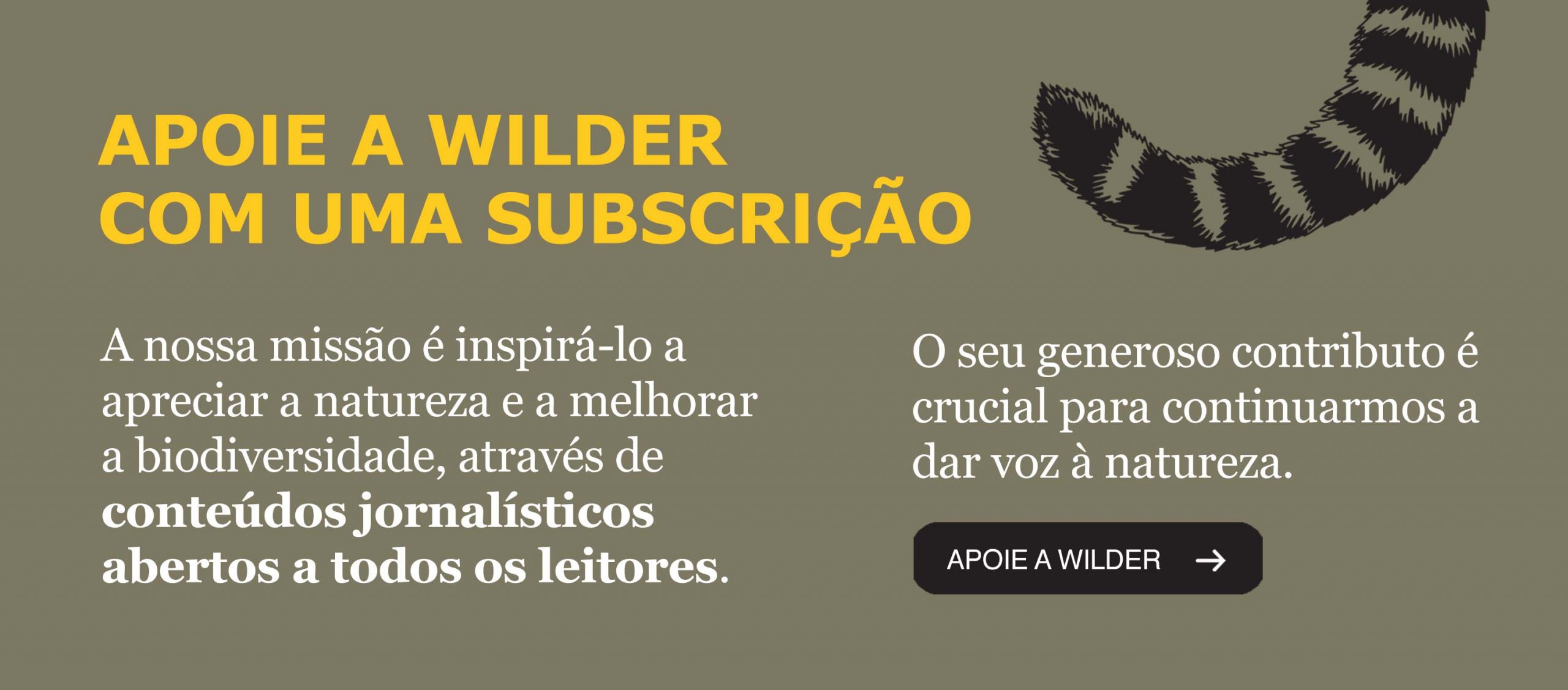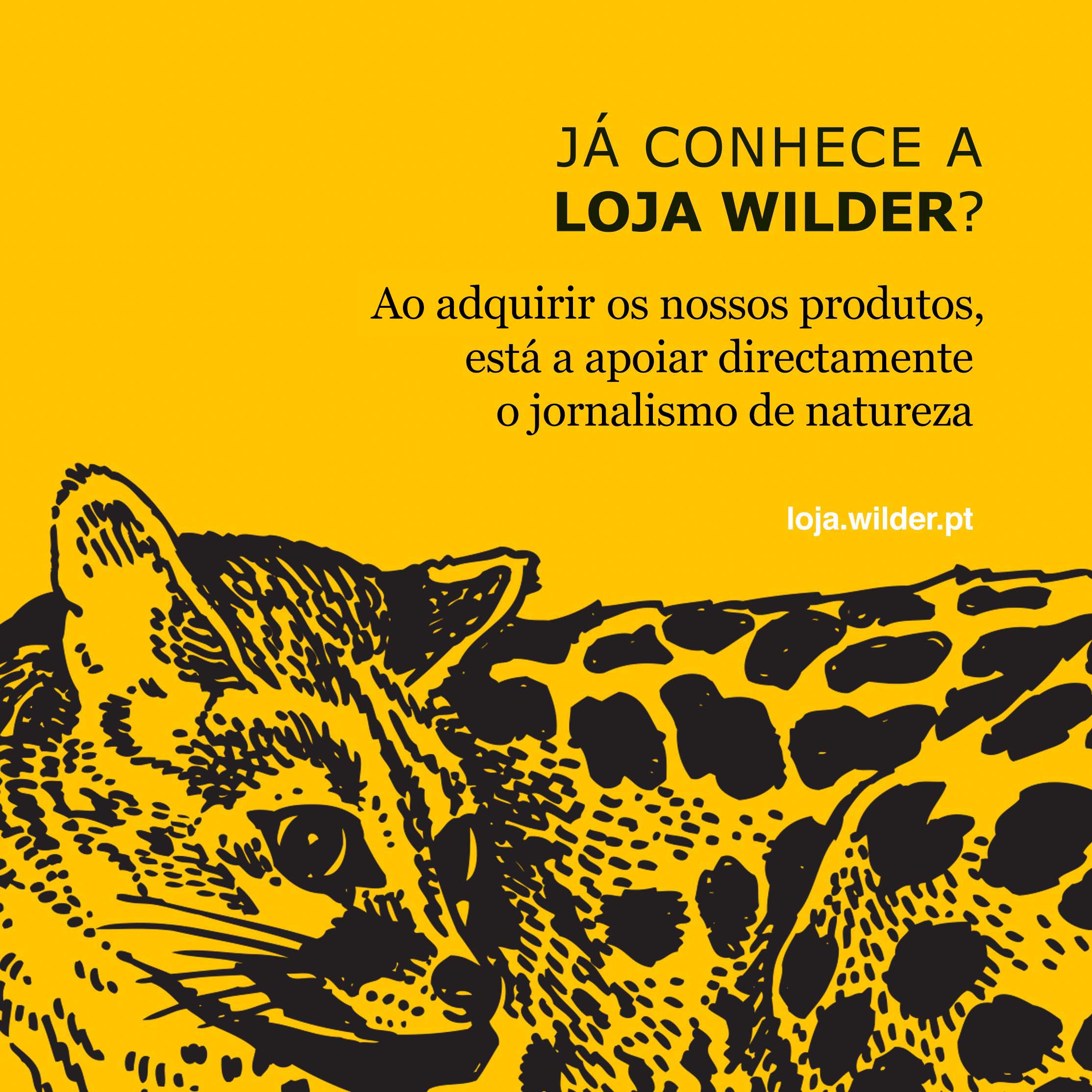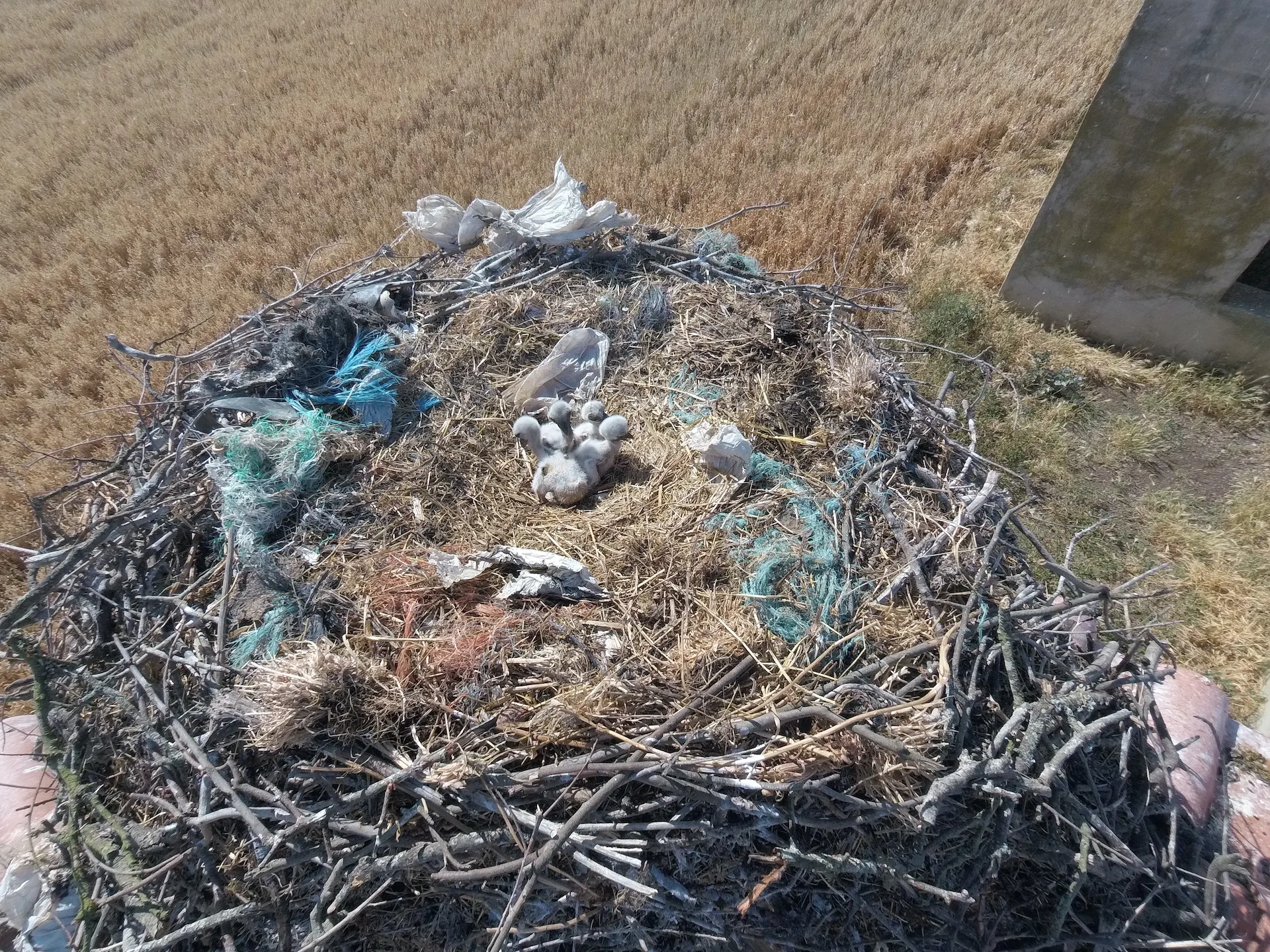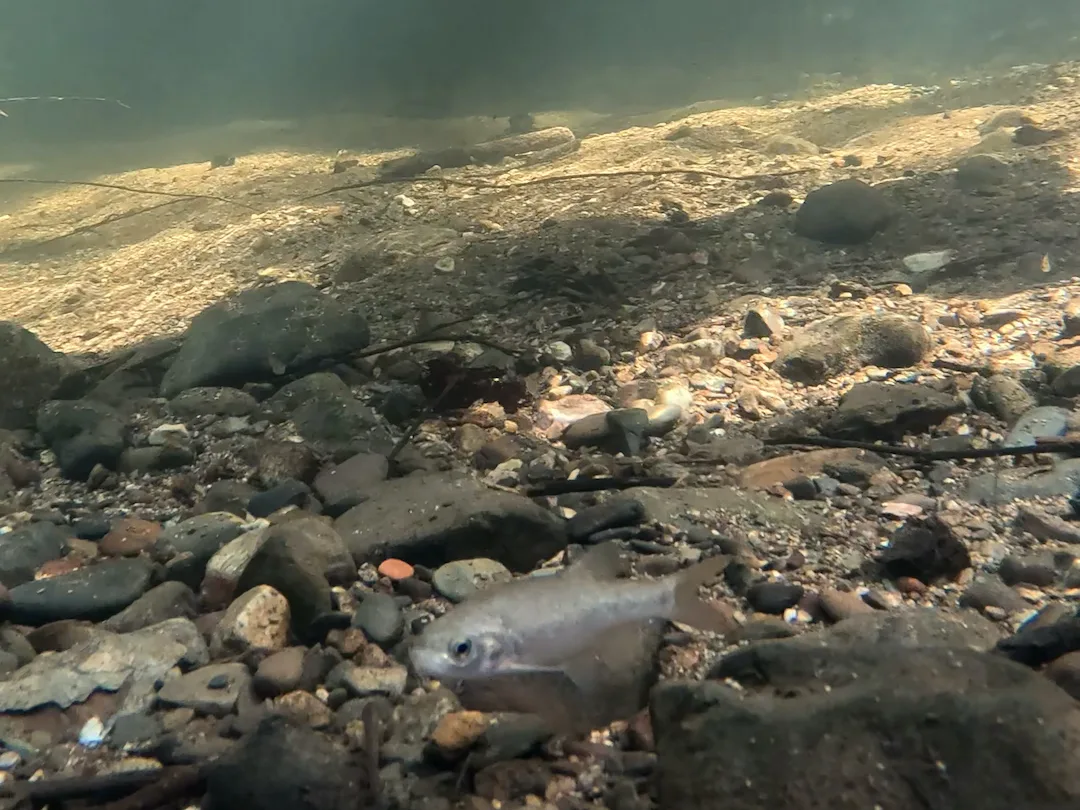What wild species live in Lisbon? Where are they and how are they benefitting or being threatened by city life?
A team of scientists from Lisbon and Aveiro Universities are looking for answers to these and other questions, working in a biodiversity monitoring project for Lisbon. This year, the Portuguese capital is the Green European Capital.
And they need its citizens’ help.
All of those who live or work in Lisbon can do their part until the end of February, by stating which wild species they observe and where in this website. There are photos of some of the more common animals to give people a helping hand in the species’ identification.
And for those who love taking pictures, they can upload them on that website too.
“We want to know in detail which wild species live in the city, what is their distribution and what factors influence their diversity and distribution”, said Ana Catarina Luz, scientist in cE3c – Centre for Ecology, Evolution and Environmental Changes (cE3c) a R&D unit based at the Science Faculty of Lisbon University.
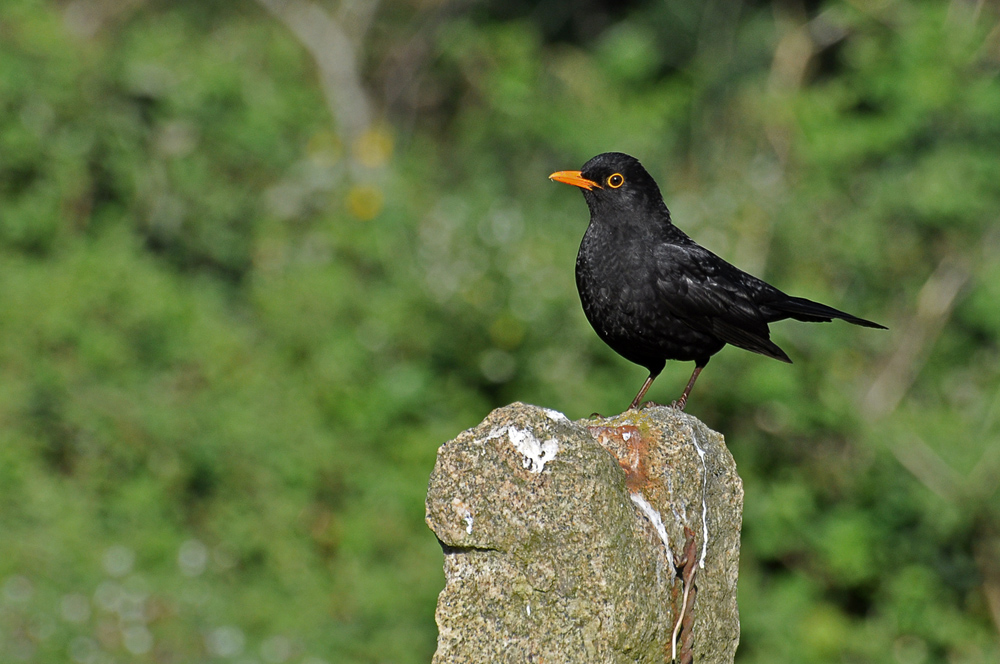
This project is targeting birds, amphibians, reptiles and mammals (including bats), since they are “the main representatives of the city fauna”, said the scientist. Besides, “there is still little information about the way wild species behave in the city, which habitats they use and which factors influence them”.
Scientists have already been working all over the Lisbon city, from green parks and gardens to streets, green spaces by the river Tagus and urban farms, Ana Catarina Luz told Wilder.
The cE3c scientists are working with scientists from Centre for Environmental and Marine Studies (CESAM), one of the research units of Aveiro University.
Citizen data will be added to the data of the scientists, helping also to understand what is the population’s perception of Lisbon fauna.
On the website’s project, citizens can write which animal they like to see the most, which animals they would like to see and that they currently don’t and which are the biggest threats to the city fauna, from their point of view.

